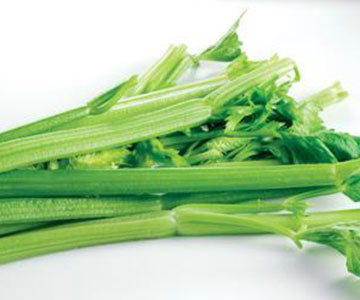The Phases of Menopause
 The transition to menopause actually begins long before you have your last period. To make the process easier to measure, doctors divide it into three phases. The first is the perimenopause, the time leading up to menopause, when your body goes through some of the perceptible changes. The second is your actual menopause, the date of your last period. This date is confirmed once you’ve not had a period for a year. The third is the postmenopause, from the time of your last period onward. This is a time when you need to take care of certain aspects of your health in particular, for example, the health of your heart and your bones.
The transition to menopause actually begins long before you have your last period. To make the process easier to measure, doctors divide it into three phases. The first is the perimenopause, the time leading up to menopause, when your body goes through some of the perceptible changes. The second is your actual menopause, the date of your last period. This date is confirmed once you’ve not had a period for a year. The third is the postmenopause, from the time of your last period onward. This is a time when you need to take care of certain aspects of your health in particular, for example, the health of your heart and your bones.
Intermittent Periods
These are a normal symptom of menopause and nothing to be concerned about. However, you should see your doctor immediately if:
• Your bleeding is extremely heavy – you’re changing tampons or pads every hour
• Your bleeding lasts longer than eight days
• Bleeding occurs between periods
• Periods often occur fewer than 21 days apart
Protecting Your Bones
Your bones need estrogen for strength; without it they become brittle and easily breakable. This makes menopause a difficult time for your bones because estrogen production from the ovaries falls. To try to balance this effect, your clever body begins to manufacture estrogen from two other places: your fat cells and your adrenal glands (which produce a back-up form of estrogen called estrone).

Food Sources of Phytoestrogens
• Celery
• Garlic
• Grains (such as rice, oats, wheat, barley, rye)
• Fruit (such as apples, plums, cherries)
• Herb/spices (such as sage, fennel, cinnamon)
• Legumes (such as soy, lentils, chickpeas)
• Seeds (such as sesame, pumpkin, poppy)
• Sprouts (such as alfalfa, mung bean)
• Vegetables (such as broccoli, carrots, potatoes)

